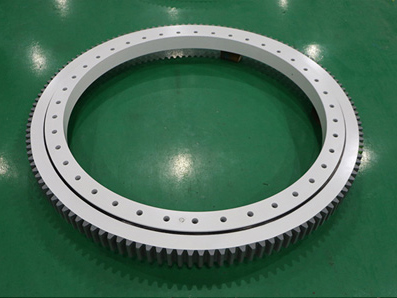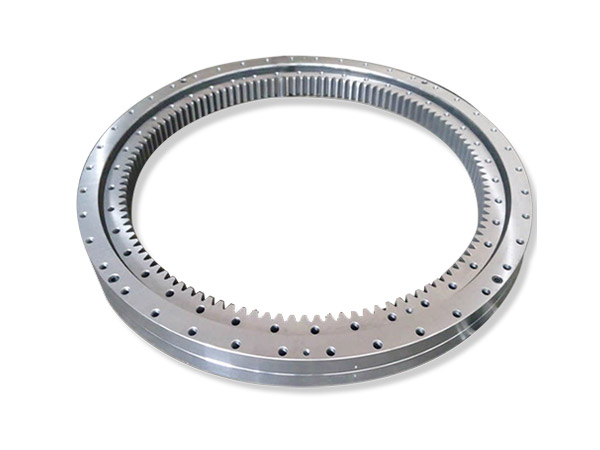LDB improving reliability with Life Cycle Management
Improving reliability with Life Cycle Management
Install and commission Operate and monitor Maintain and repair Specification De sign and develop Manufacture
From specification and design to maintenance and repair, at LDB we use our Life Cycle Management approach to optimize both slewing bearing performance and service life while reducing total cost of ownership.
Specification Design and develop Manufacture and test Install and commission Operate and monitor Maintain and repair.
Specification
With in-house specialists across a wide range of critical areas such as seals, lubrication,
wear protection and more, LDB enables you to work with application engineers and designers to find the right solution, right from the start. We can support your project by combining all of this application knowledge to improve designs and enhance performance of your slewing bearing solutions.
Design and develop
With over 20 years of slewing bearing experience and unmatched engineering expertise, we can help you design and develop high-performance slewing bearings from 0,1 m to 18 m (> 8 m to 18 m are segmented). Our Engineering Consultancy Services (ECS) can provide advanced calculations and simulations utilizing high-tech computer programmes to optimize and verify designs. All of these advantages combine to improve operational performance of application machinery and reduce total cost of ownership.
Manufacture and test
we offer fast, local access to LDB technologies,services and support. Our extensive logistics network provides excellent availability of LDB’s slewing bearing solutions.
To be able to offer slewing bearing manufacturing and testing excellence, LDB has developed close relationships with certifying authorities. Upon request, these authorities can certify the design of your slewing bearing solutions and witness testing. While individual divisions have been approved for quality certification in accordance with ISO 9001 and other customer specific requirements.
Install and commission
LDB Life Cycle Management features a range of expert services, training and products to provide timely, accurate commissioning of new and replacement machinery. Our offers include flatness measuring and machining of slewing bearing seatings or resin grout installation for larger slewing bearings.
Operate and monitor
By collecting and analyzing the correct operating data, LDB can help you identify the need for machinery maintenance activities. We can help protect your slewing bearing solutions against unexpected failures and costly downtime with grease and oil analysis, wear surement,
vibration monitoring and ultrasonic inspection of the bearing’s structural integrity.
Maintain and repair
LDB maintenance and remanufacturing services include everything from inspection to complete restoration to the full working specifications of slewing bearings, by using adapted and controlled processes to extend the service life of the slewing bearing.






